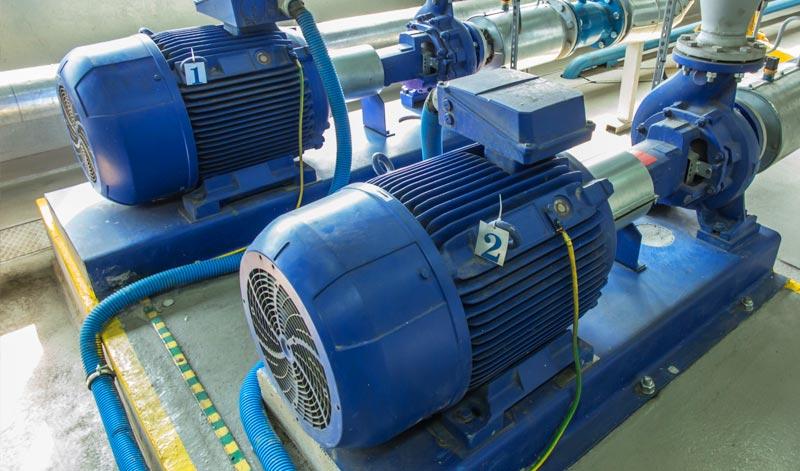
Variable Speed Control Drives Energy Savings
Variable frequency drives (VFDs) were once used only for large motors in industrial facilities. With advances in microelectronics and control technology, VFDs have become a reliable and efficient means of controlling motor speed in a variety of settings. As businesses are coming under increasing pressure to save energy and reduce operating costs, VFDs are emerging as a popular solution. Virtually any application using motors to operate fans and pumps can find significant savings with VFDs.
How VFDs save energy
Motors are designed to run at a constant speed, but the equipment they operate — such as HVAC fans and pumps — often run at less than 100% capacity: this wastes energy and money. VFDs reduce electrical energy consumption by reducing motor speed to match the required load. Most VFDs are used with AC induction motors. Electronically commutated motors use VFDs with DC motors.
Benefits of VFDs
In addition to energy savings, VFDs provide a number of other potential advantages:
- Lower maintenance costs by reducing wear and tear on motors and related components.
- Increased equipment life by eliminating frequent on/off cycling, which creates unnecessary wear and reduces motor life.
- Reduced motor stress because VFDs have a soft-start capability, which gradually ramps up motor speed at startup and greatly reduces stress on components.
- Improved occupant comfort by modulating the flow of air throughout the building and reducing noise from fans and pumps.
Potential savings
How much can a VFD save? A VFD upgrade reduces motor energy use by 25% to 85%, depending on the application, operating hours, motor size and other factors. VFDs are relatively expensive to install at $200 to $500 per horsepower (hp).
As an example of the potential cost and payback, consider a 30-hp motor operating for 5,000 hours annually. The installed cost is $7,500 at $250/hp and the total operating cost per year is $6,200 at five cents per kilowatt-hour (kWh). With a typical energy savings of 50% ($3,100 per year), the payback would be a little more than two years.
Which applications can benefit?
Facilities of all types can benefit from VFDs — lodging, retail, office buildings, grocery stores, manufacturing facilities and others. VFDs operate with motors of virtually any size, although energy savings are highest with motors operating for several hours at reduced speed, such as HVAC fans, where loads vary from season to season and from day to night.
In contrast, VFDs provide little or no savings when used with motors continually operating at near capacity. Also, VFDs can cause harmonics, which may require power quality protection or the use of matrix-drive VFDs. Upgrading with VFDs thus requires a careful consideration of the advantages and disadvantages.